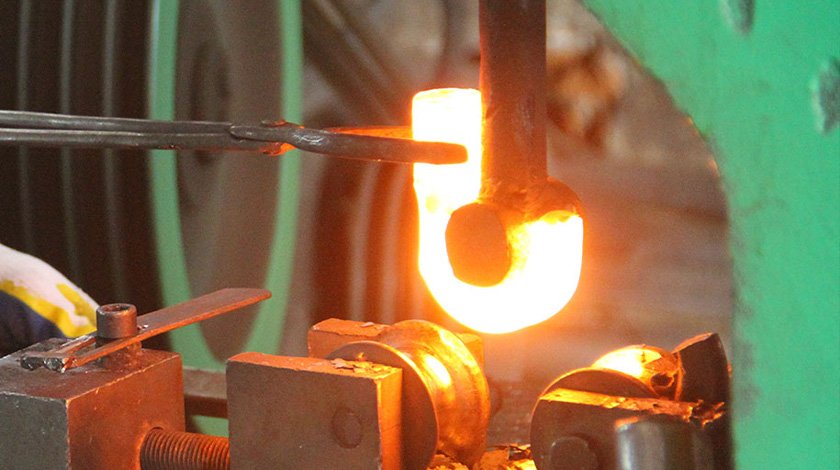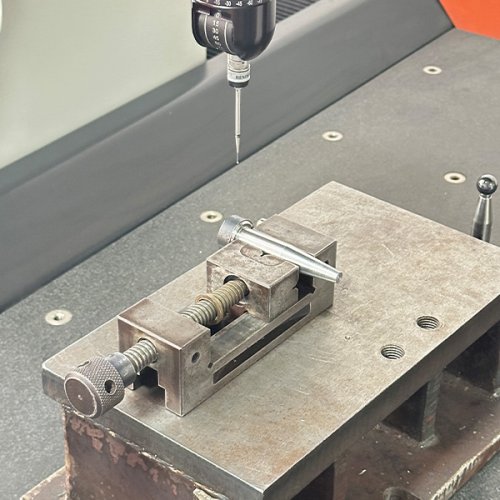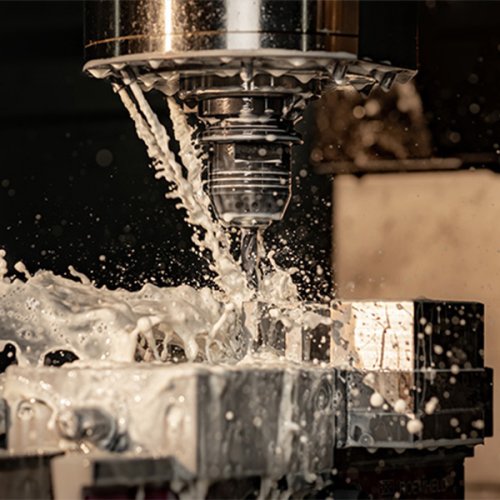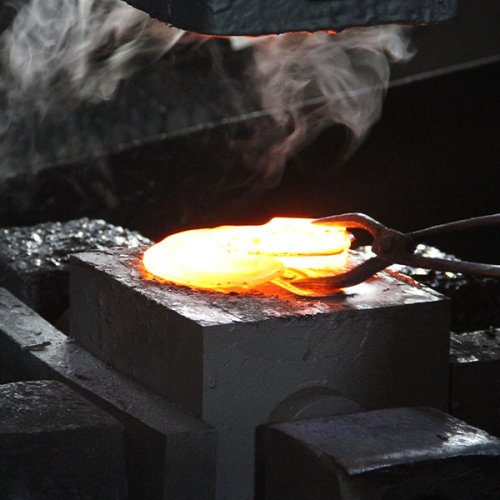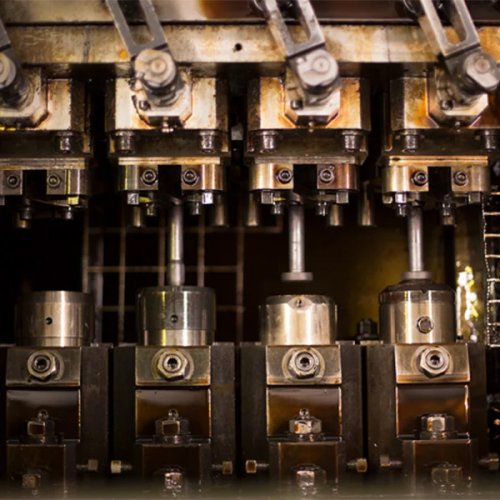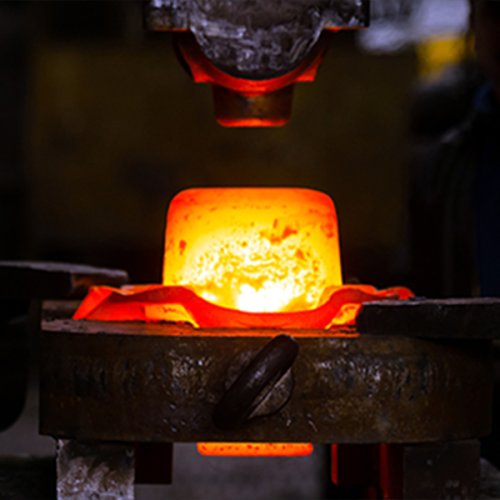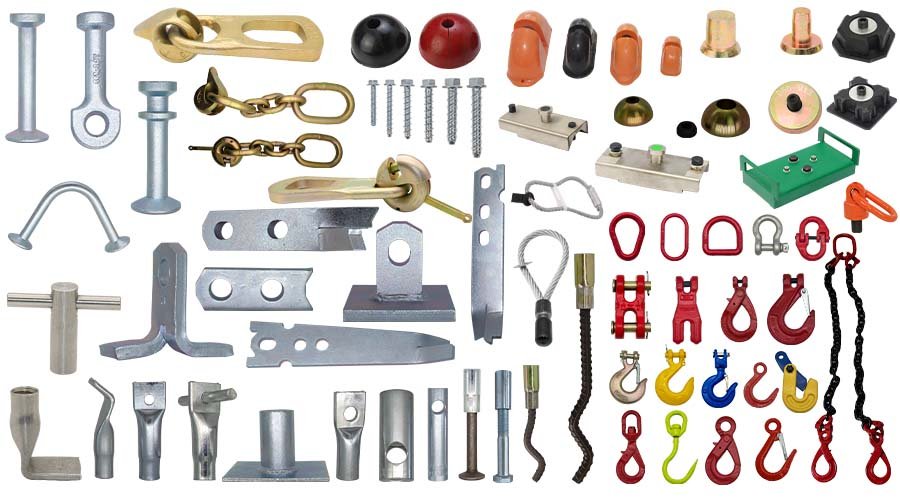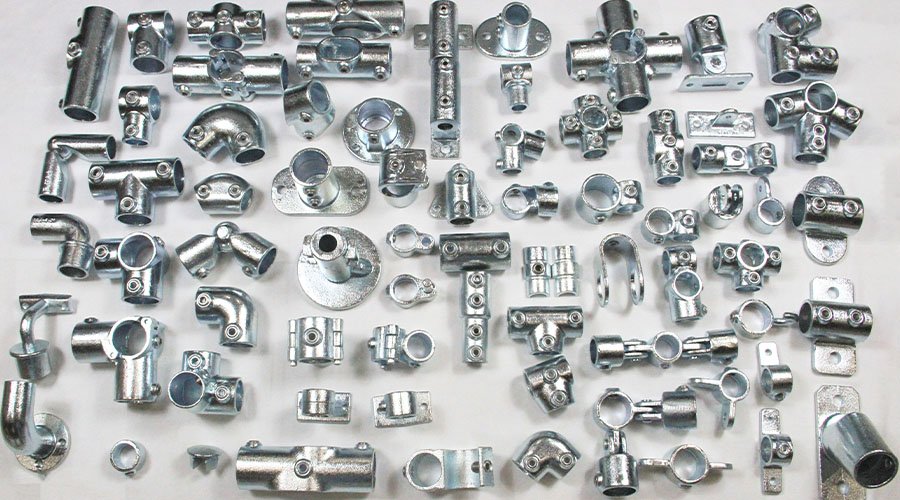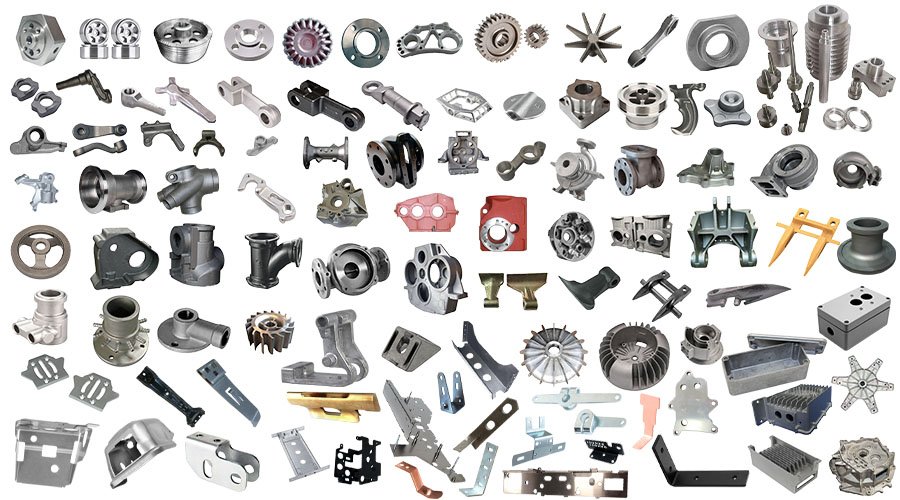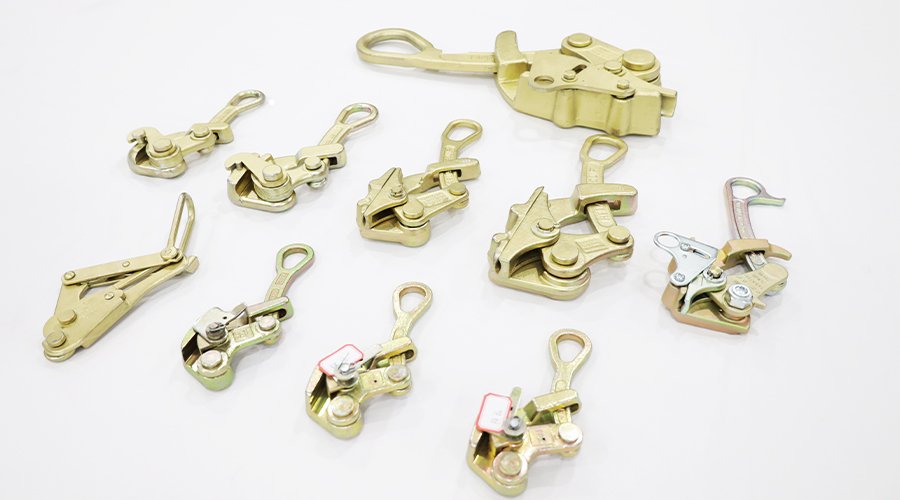Forging produces robust, high-performance metal parts tailored to demanding applications. HULK Metal specializes in crafting components like crankshafts, connecting rods, gears, and structural brackets. These parts offer superior strength and fatigue resistance, ideal for industries such as automotive, construction, and energy. Our forging expertise ensures precision and reliability, delivering custom solutions that meet stringent requirements for bulk buyers seeking durable, high-quality metal components.
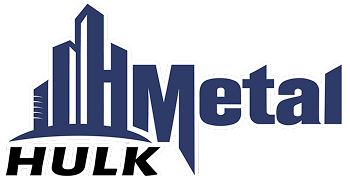
 EN
EN RU
RU
